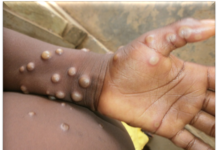Imagine witnessing a loved one suddenly collapse. First, you might panic, but knowing how to perform CPR (Cardiopulmonary Resuscitation) can make all the difference.
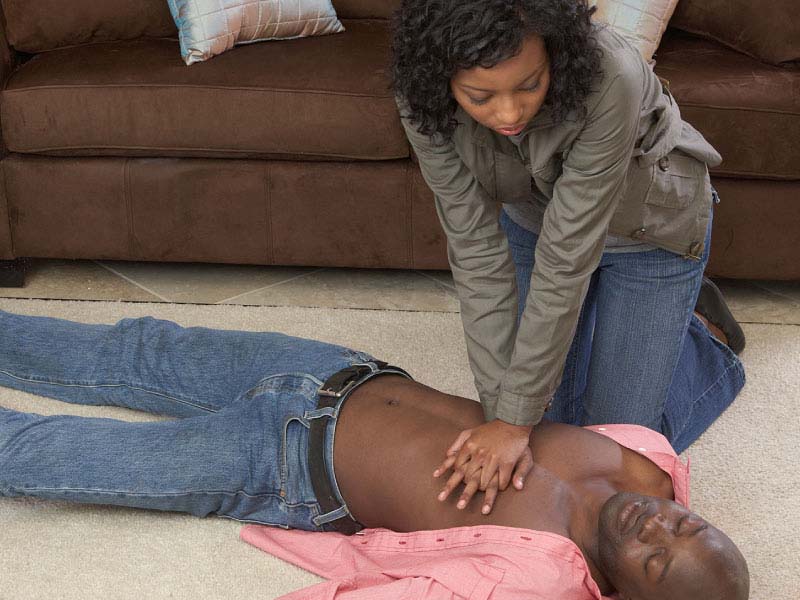
Moreover, it’s a skill anyone can learn, and it could save a life. Here’s a step-by-step guide to help you perform CPR effectively.
Assess the Situation
Initially, assess the situation. Is the person responsive? Do they have a pulse? Are they breathing? If not, call emergency services immediately. Then, prepare to begin CPR.
Begin Chest Compressions

Next, ensure the person is lying flat on their back on a firm surface. Kneel beside them, placing one hand over the other in the center of their chest. Use your body weight to compress the chest at least two inches deep while being careful not to break the person’s ribs. Aim for a rate of 100 to 120 compressions per minute, which is about the rhythm of the song “Stayin’ Alive” by the Bee Gees.
Give Rescue Breaths
After about 30 compressions, it’s time to give rescue breaths. Tilt the person’s head back slightly to open their airway.
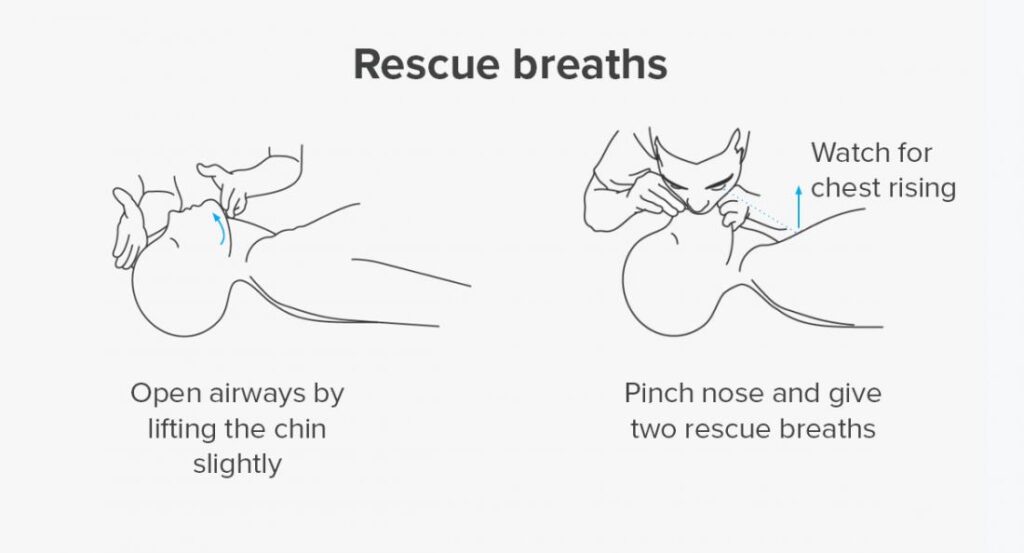
Pinch their nose shut, cover their mouth with yours, and blow until you see their chest rise. Give two breaths, each lasting about one second. Then, return to chest compressions.
Continue CPR Cycles
Remember, the cycle is 30 compressions to two breaths. Continue this cycle until you notice signs of life or until medical professionals arrive. Furthermore, if an Automated External Defibrillator (AED) is available, use it as soon as possible.
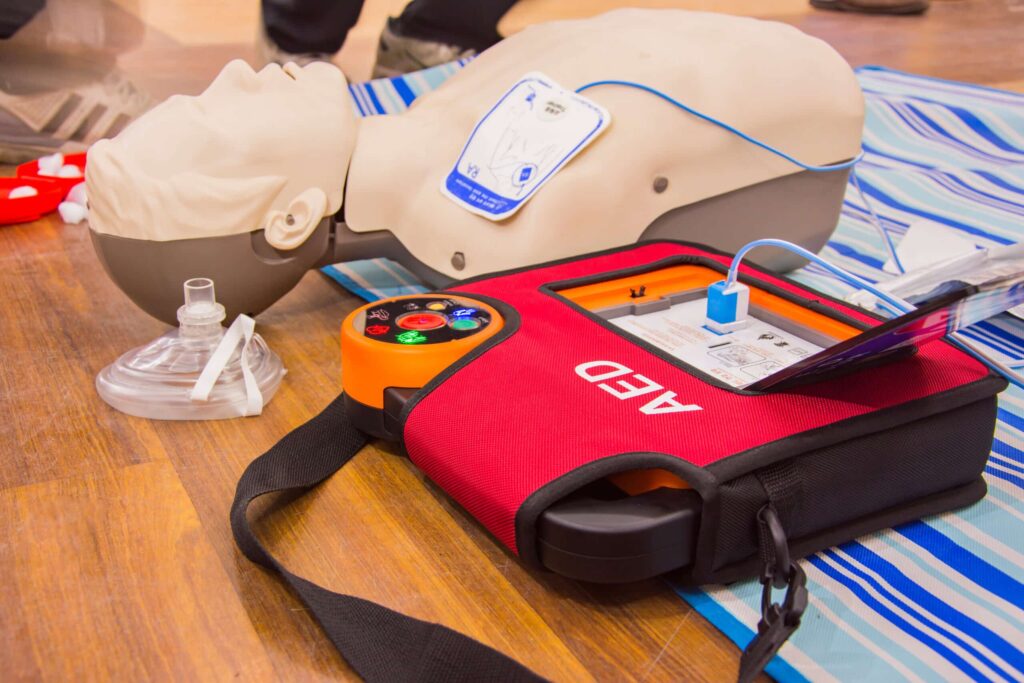
Follow the device’s instructions carefully for the best chance of reviving the person.
Stay Persistent
Importantly, don’t be discouraged if the person doesn’t respond immediately. Keep going until help arrives. Even if you’re not a professional, your efforts can significantly increase the person’s chances of survival.
Get Certified
Lastly, consider taking a CPR certification course. Not only will it provide hands-on experience, but it will also boost your confidence in an emergency. Overall, knowing CPR is a valuable skill that prepares you to act swiftly and effectively in critical situations.
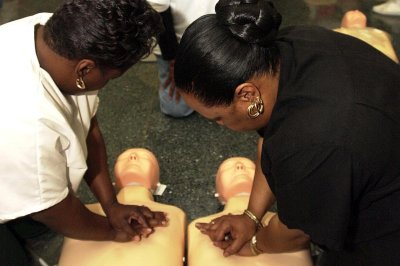
Learning how to perform CPR can turn you into an everyday hero. Ultimately, it’s a simple yet powerful way to make a profound difference. So, take the initiative, learn CPR, and be ready to save a life.
To read more click here.



